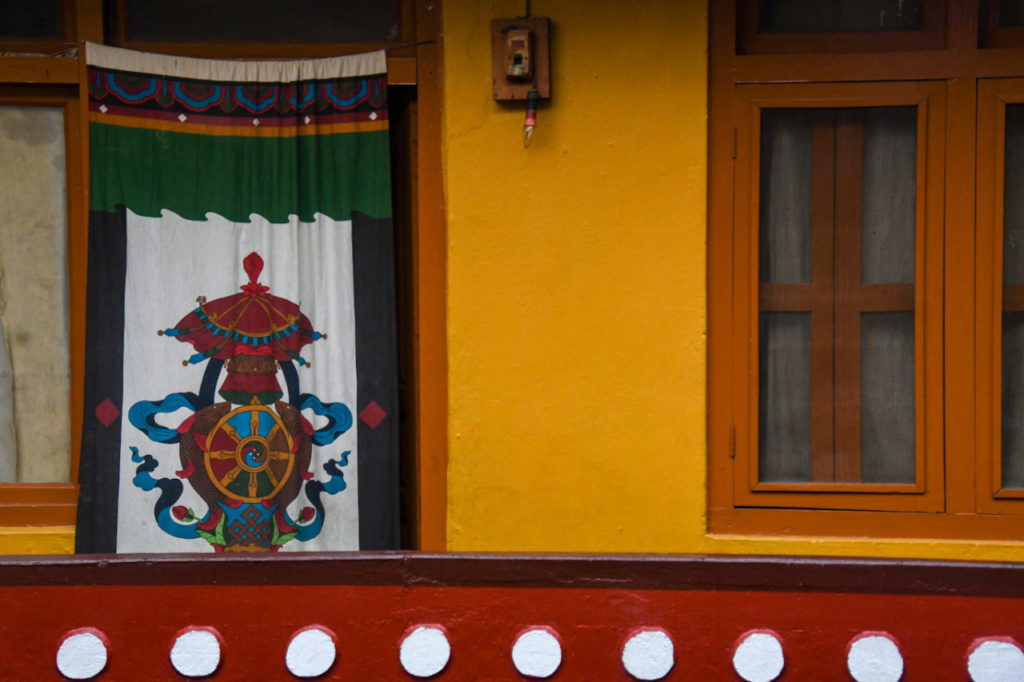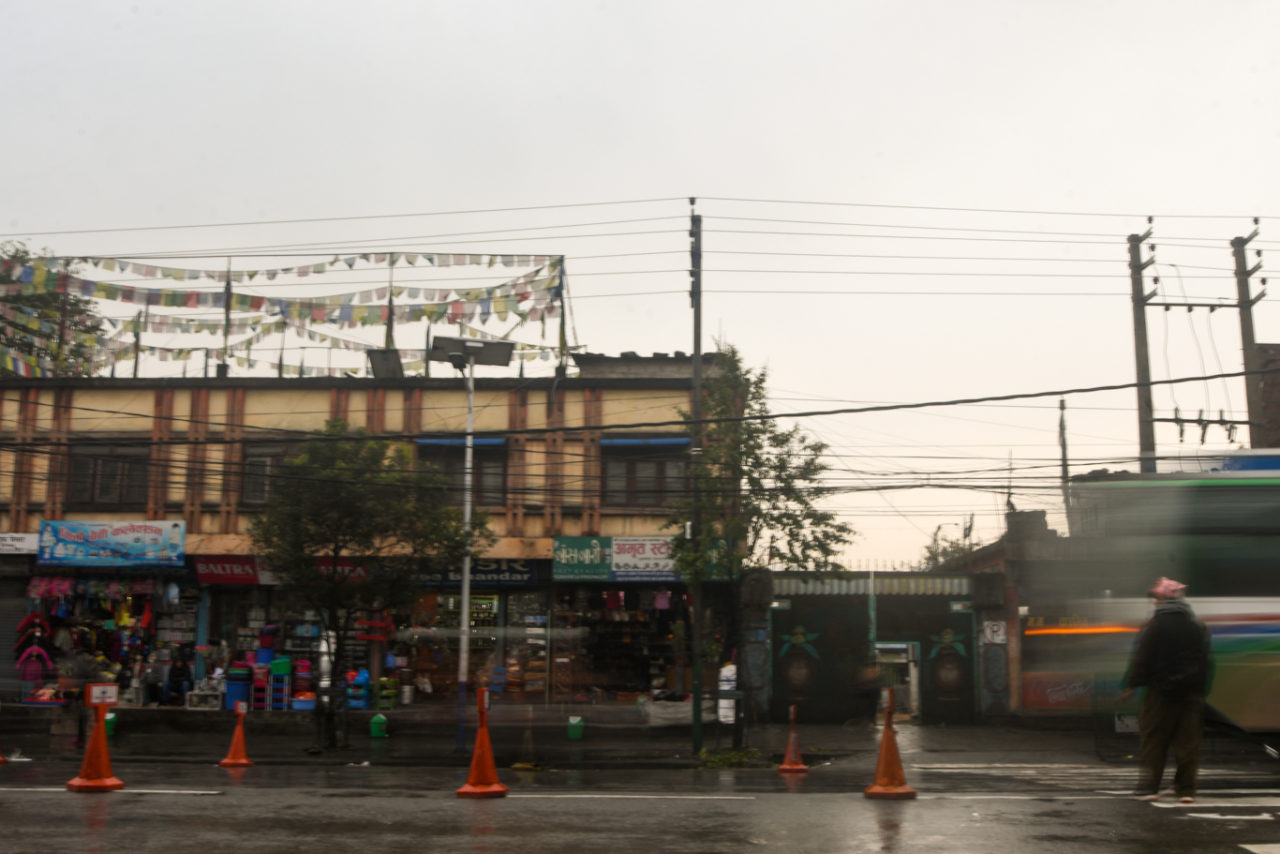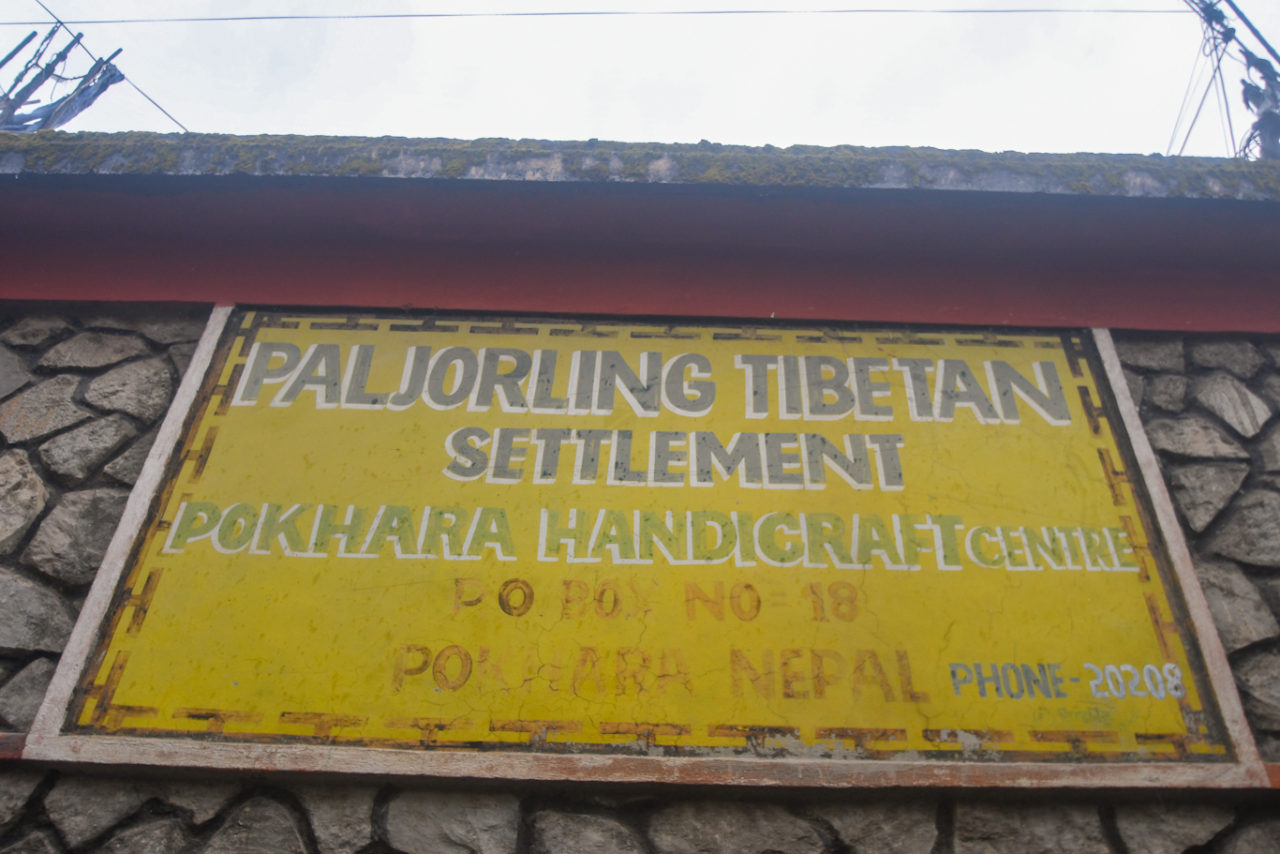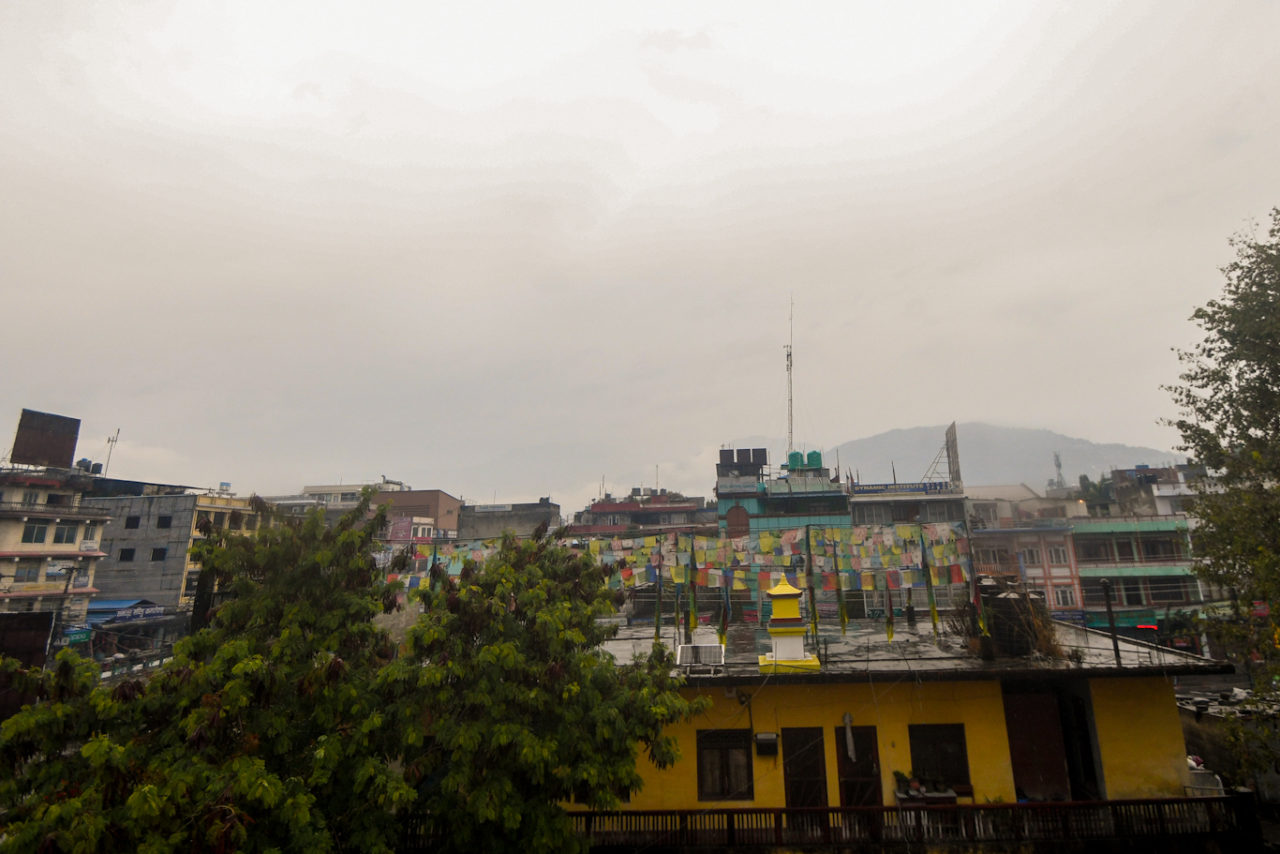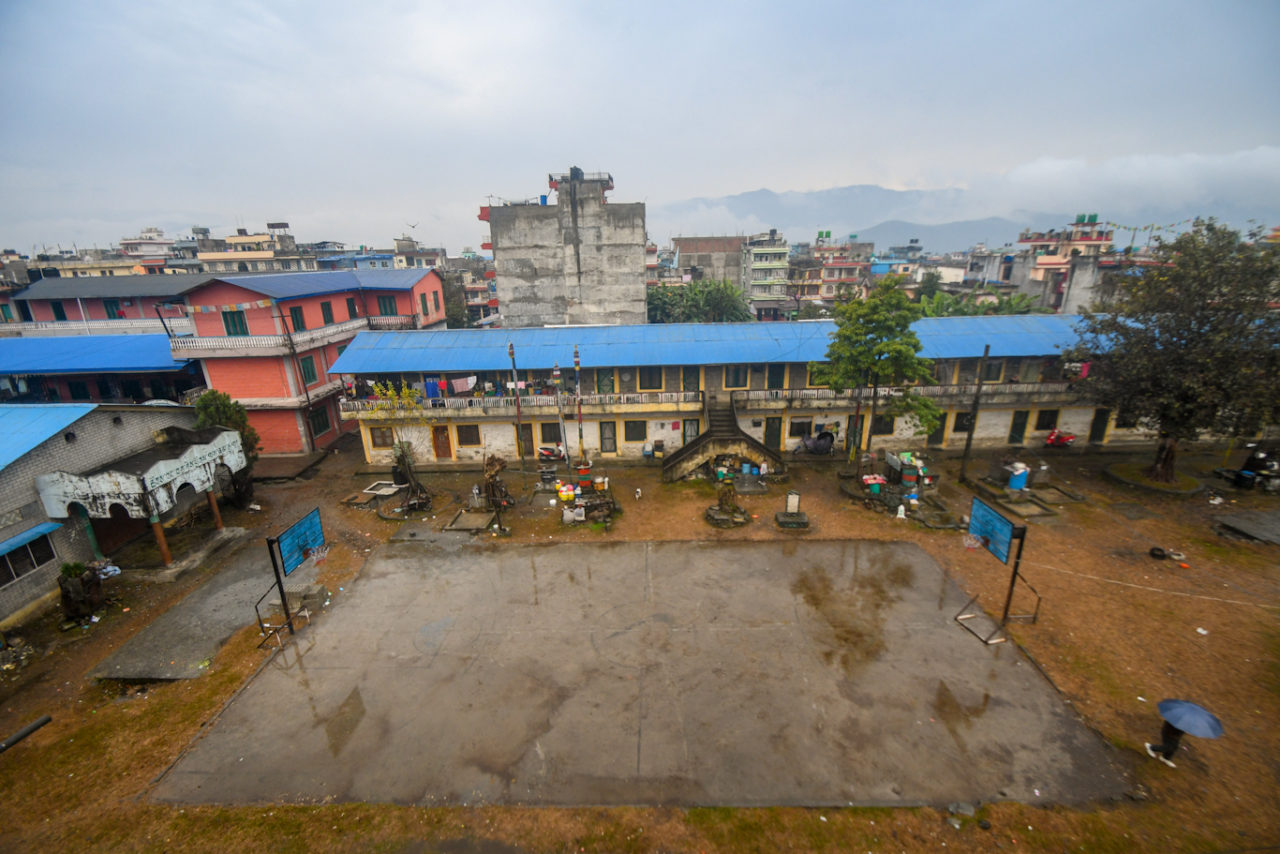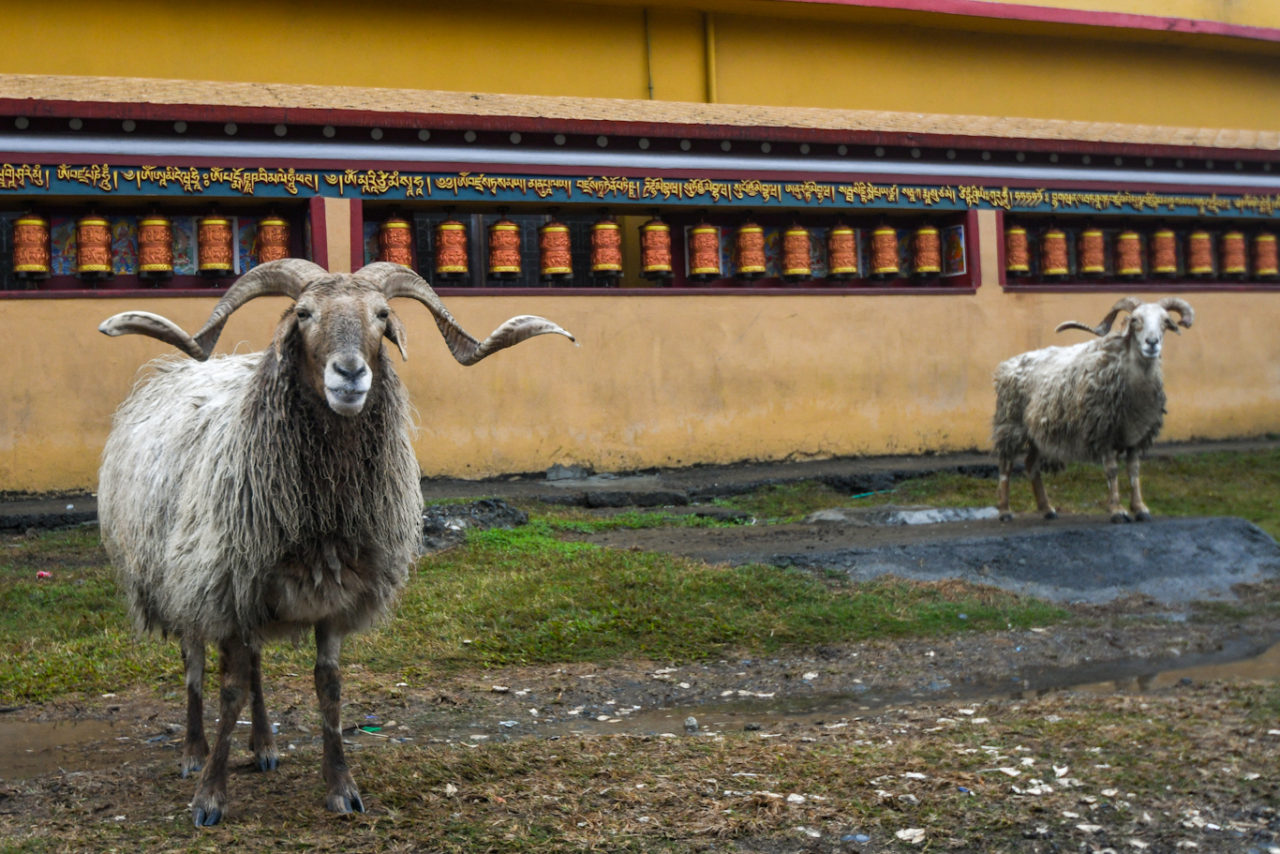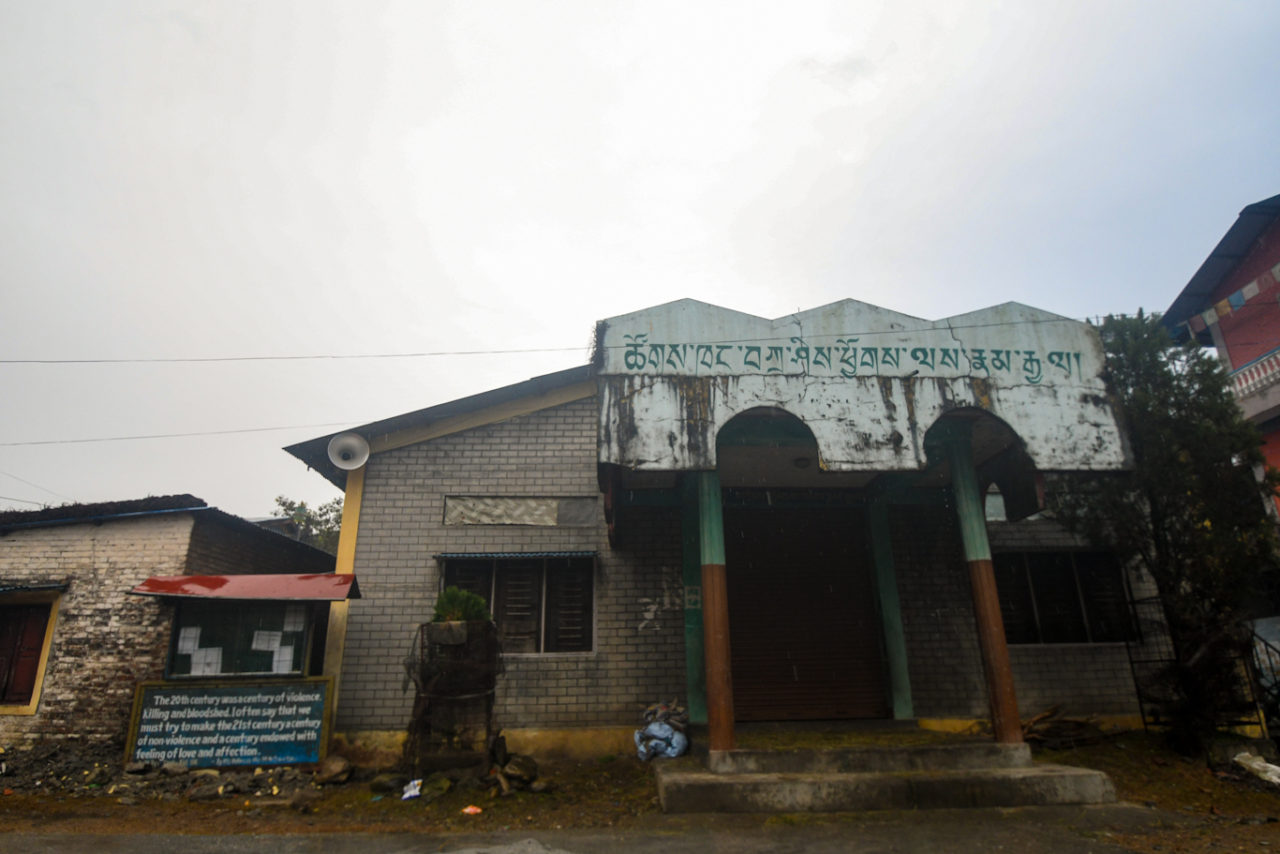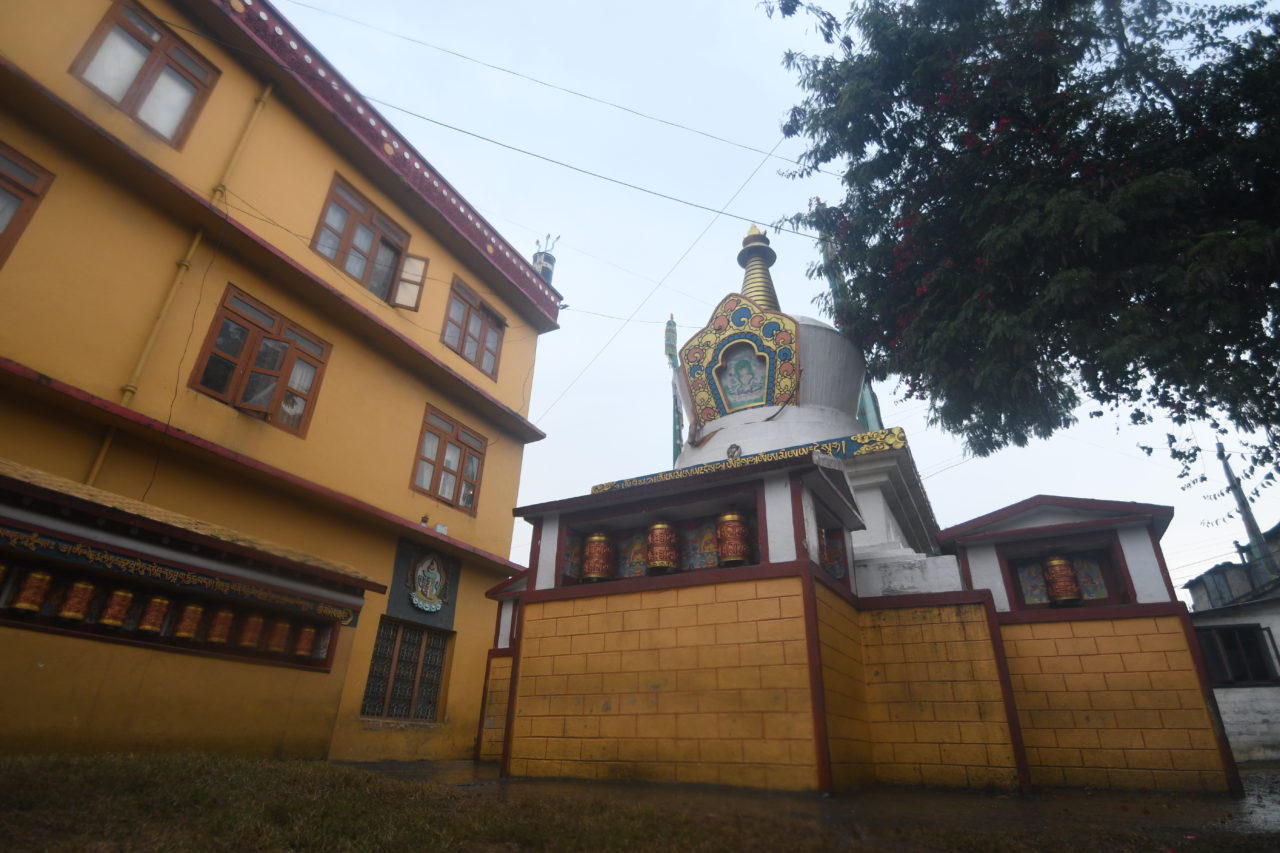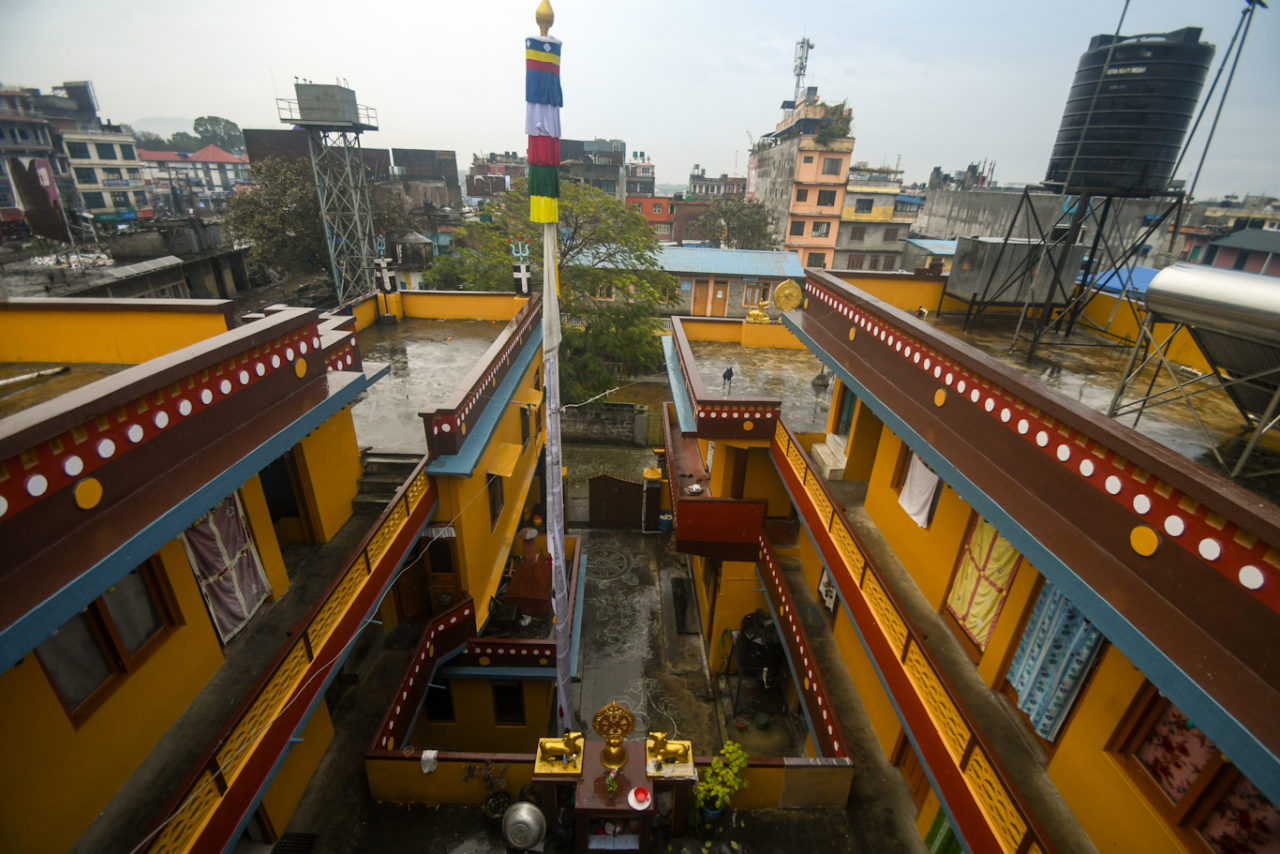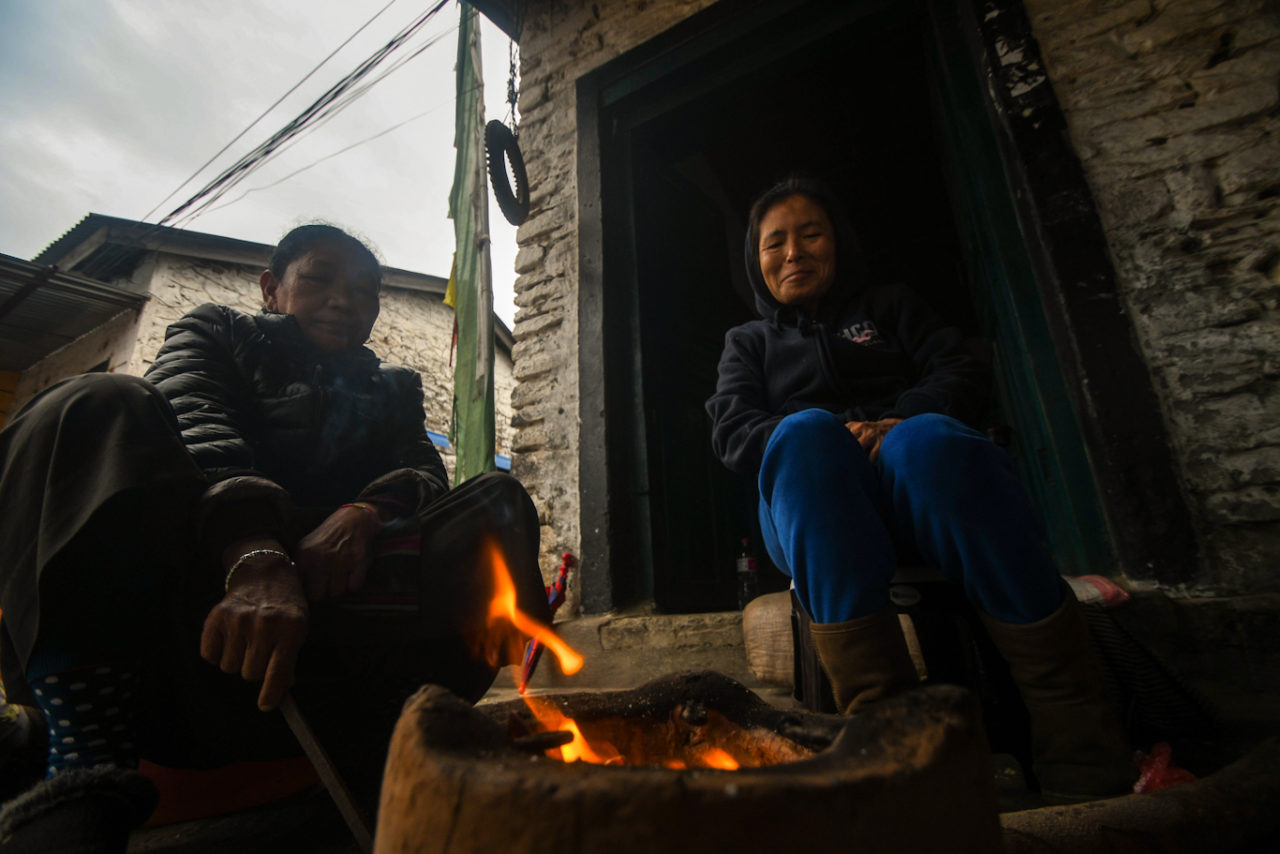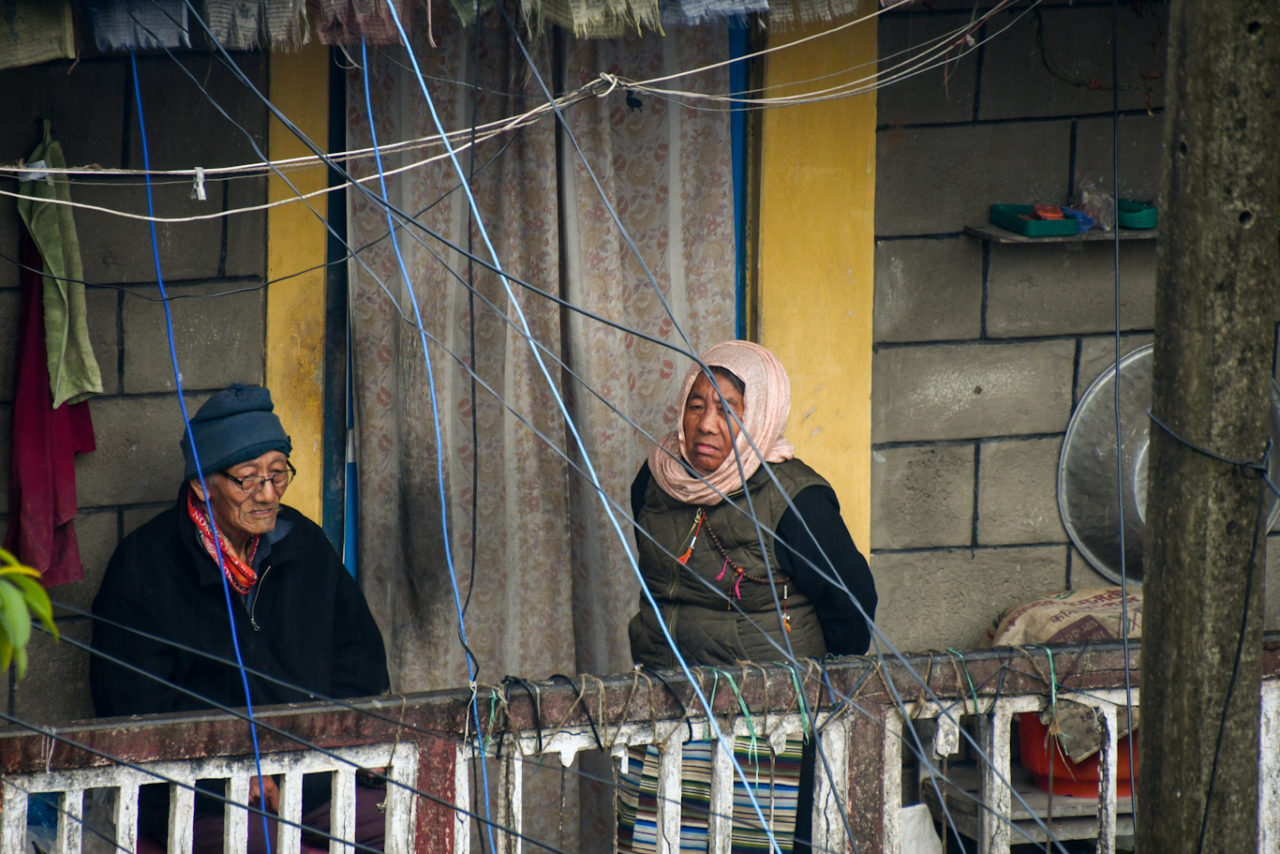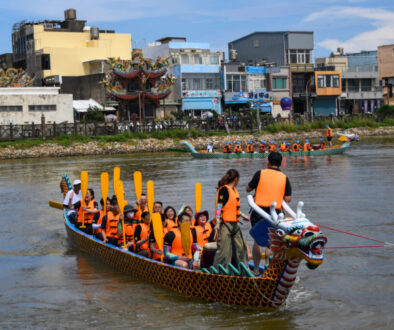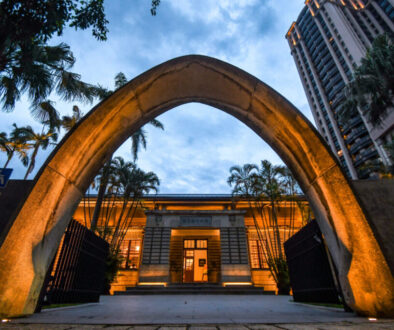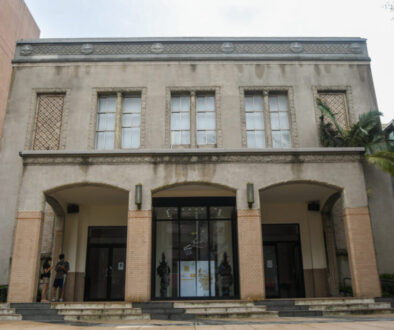Visiting Pokhara’s Paljorling Tibetan Settlement
Finding a Lost Tibet
Tibet is hidden in the shadow of the Himalayas and veiled behind political strife. For travelers looking to visit the Tibetan Plateau, they will have to face fees to book an expensive tour and be lead by the nose to only specific sites in Lhasa. When Tibet was claimed by the Peoples Republic Army in 1950, many locals made the treacherous trek over the mountains south into Nepal and India. As refugees, they made these foreign countries their homes with no hopes of ever returning to China. As they crossed the unforgiving landscape of Mustang, Nepalis provided everything from food to shelter to the Tibetans. Eventually, they were even given land to call their own in cities such as Pokhara and Kathmandu.
In the tourist hub of Pokhara, you will find several Tibetan camps around the city such as Paljorling Tibetan settlement, Tashi Palkhel, and Jampaling. Along the bar street of Lakeside, you will occasionally come across some Tibetan women selling trinkets by the side of the road, but in order to immerse yourself in Tibetan culture and hear the stories from the mouths of the refugees who crossed the mountains, you will have the head to one of the communities spread out throughout the city.
Want to read about visiting another Tibetan settlement in Pokhara? Check out Jampaling here!
Paljorling Tibetan Settlement
Out of the 4 Tibetan settlements in Pokhara, Paljorling is the one closest to the downtown and the tourist hub of Lakeside. Located right by Prithivi Chowk were the bus station is located, this Tibetan community is hidden in plain sight. Many travelers and locals alike pass by the gates of Paljorling without giving it a second thought. After a long bus ride, you may be so deadset on reaching your hostel that you will not recognize that you are passing the entrance to one of Pokhara’s best-kept secrets.
As you are walking down Baidam Road, you will pass by a rustic green gate with intricate yet faded markings on the door. Only those knowing what to look for would recognize this as the entrance to the Paljorling Tibetan refugee camp. The locals quietly slip through the gateway and mix in with the rest of the crowds on the street, almost as if they were emerging from some secret passageway. In the dense heart of the city, the community that survives behind these walls is an oasis escaping all the noise of the city outside.
Near Devi’s Falls in Pokhara you will also find the Tibetan camp of Tashiling. Read more here!
Wandering the Settlement
Although it may seem that Paljorling is purposefully hidden away from the public eye, the survival of this community has been dependent on visitors. Due to their status as refugees, foreign aid has been critical in order for them to set up their lives in Nepal. For decades, settlements such has Paljorling have relied on donations and the selling of handy crafts to support their families. Nowadays things have changed. Much of the younger generation have been educated and have found jobs outside of the confines of the settlement. But still, some of the elders will be quick to usher any tourist who walks through the gates to their homes to sell some trinkets. They don’t cost much, only around 250-500 NPR (2-4 USD), but the pestering can easily become annoying.
Paljorling is simple, with rows of modest houses lining the interior walls of the camp. On any day you will find little life stirring in the community save for a few old folks spinning the prayer wheels around the temple and some other seniors lounging in from of their homes. Paljorling has its very own school which serves to educate the Tibetan children in the community. Being such a religious people, the obvious focal point of Paljorling is the monastery.
One of the largest Tibetan communities in Pokhara is Tashi Palkhel. You can read more here!
Shang Gadhen Choekor
Nearly all of the Buddhist temples and monasteries you will find in Nepal have deep-rooted ties to Tibetan culture. Tamang and Gurung ethnic groups’ original written language actually used the Tibetan script before Devanagari became the de facto system of writing. Within each and every Tibetan community you will find a monastery where monks will come to be educated and the locals will come to pray. In the heart of Paljorling you will find Shang Gadhen Choekor.
Although not the biggest monastery in Pokhara, it is one of the temples closest located to Lakeside. With a handful of monks calling this gumba home, you will occasionally see the red-robed holy men baking a beeline from the gates to the monastery. Tibetans and Nepalis both are very open, meaning you can visit the temple no problem. There are several areas reserved for the monks, but you can ultimately explore the entirety of the monastery. It is important to remember that this is not just a temple, it is also people’s homes.
Pokhara is home to many monasteries and temples. You can find a complete list of them here!
Exploring Tibet From Pokhara
You could spend as few as 20 minutes to as long as several hours exploring Paljorling Tibetan Settlement. It all depends on who you meet and how much you are wanting to explore the community. There are those who will just see tourists as a way to make money, but there are also many who will invite you to take a seat by the fire and just enjoy the quieter side of life. Sharing stories and culture, you will both be learning about different parts of the world and the many similarities we share. Some of the elderly may even start to open up about their own experiences crossing from China into Nepal.
Many people claim Pokhara to be nothing more than a long bar street and a place to get your hiking permits before heading out to some of the more scenic parts of Nepal. In reality, there is so much to explore in Pokhara. But you will first have to dig through the surface of coffee shops and restaurants to find the authentic destinations to get in touch with the soul of the city. Paljorling is just one of the places where you can immerse yourself in the local community, and befriend a people who have long been hidden away in Pokhara.

